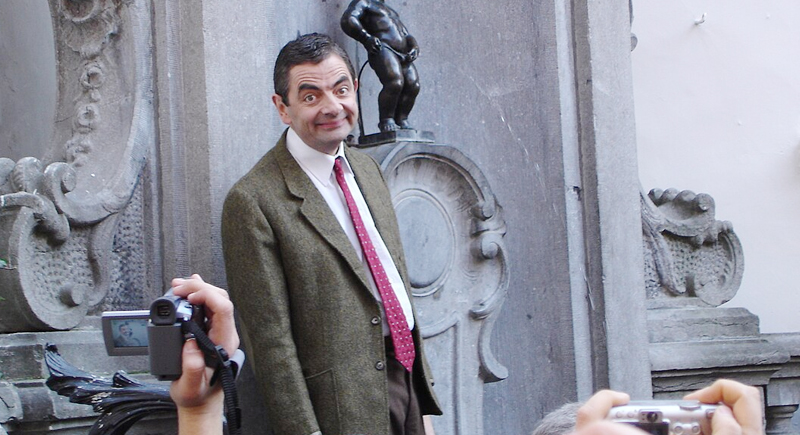Why Did One of the Most Famous TV Shows Ever Only Make 15 Episodes?
Did you know one of the world’s most recognizable TV shows lasted only 15 episodes? It sounds impossible, and most people assume they must have missed a whole season or two. But the truth is, the entire run of Mr. Bean can be watched in a single afternoon.
The reason it doesn’t feel that short is because the show never really went away. You’ve seen it in reruns, memes, YouTube clips, and Olympic ceremonies. Mr. Bean is everywhere, so learning that it was only 15 episodes long almost always sparks the same reaction: “Wait, really?”
Why Fans Always Assumed There Were More

Image via Getty Images/Prostock-Studio
Part of the confusion comes down to how the show was structured. Each half-hour episode was split into several skits, so watching one felt like getting three stories in a row. Add in the fact that it was replayed constantly on TV and clipped to pieces on YouTube, and the character seemed much bigger than his actual screen time. On top of that, there were two feature films, a long-running animated series, and even a cameo in the 2012 London Olympics Opening Ceremony.
To American audiences, a show with such a tiny episode count seems unfinished. Most American sitcoms built their popularity on sheer volume. Friends ran for 236 episodes. The Simpsons has crossed 700. Even something considered a short-lived U.S. hit usually cleared 80 or 90 episodes because studios wanted enough for daily syndication. By that logic, Mr. Bean should have disappeared into obscurity before it had a chance to spread.
However, British sitcoms have always worked differently. Fawlty Towers is considered a classic and has only 12 episodes. The UK version of The Office has 14. In the UK, a six-episode season is the norm, and series can take years to return. Mr. Bean followed that pattern by airing from 1990 to 1995 with long gaps between episodes. In total, it only adds up to about six and a half hours of material, but in British TV terms, that isn’t unusual at all.
Another reason for the short run was Rowan Atkinson himself. He was famously meticulous about his performances, often repeating takes until he nailed the exact timing he wanted. The humor depended on precise physical beats like changing pants at the beach, trying to stuff a turkey, or steering his car from an armchair strapped to the roof. And Atkinson didn’t want to dilute that by making endless episodes. He felt the character could lose freshness if stretched too thin, so he chose to stop while it was still sharp.
Beyond The Original Run
What kept Mr. Bean alive after those 15 episodes was the character’s ability to move across formats. The animated series, which started in 2002, ran for over 100 episodes.
Two feature films, Bean (1997) and Mr. Bean’s Holiday (2007), stretched the idea into big-screen adventures. And appearances like Rowan Atkinson driving his Mini into the London Olympics stadium in 2012 reminded the world that Bean was still part of pop culture.
These spin-offs didn’t add to the original count, but they blurred the lines of how much Bean really “existed.”
How 15 Episodes Became A Global Icon

Image via Wikimedia Commons/Antonio Zugaldia
With almost no dialogue, Mr. Bean could play anywhere in the world without losing the joke. That’s why you’d find it on televisions in malls in Malaysia, in care homes in England, or on planes flying across continents. It was simple, visual, and instantly funny.
Fans didn’t need subtitles to laugh, which made it one of the easiest shows to syndicate internationally. And that’s why 15 episodes were enough.